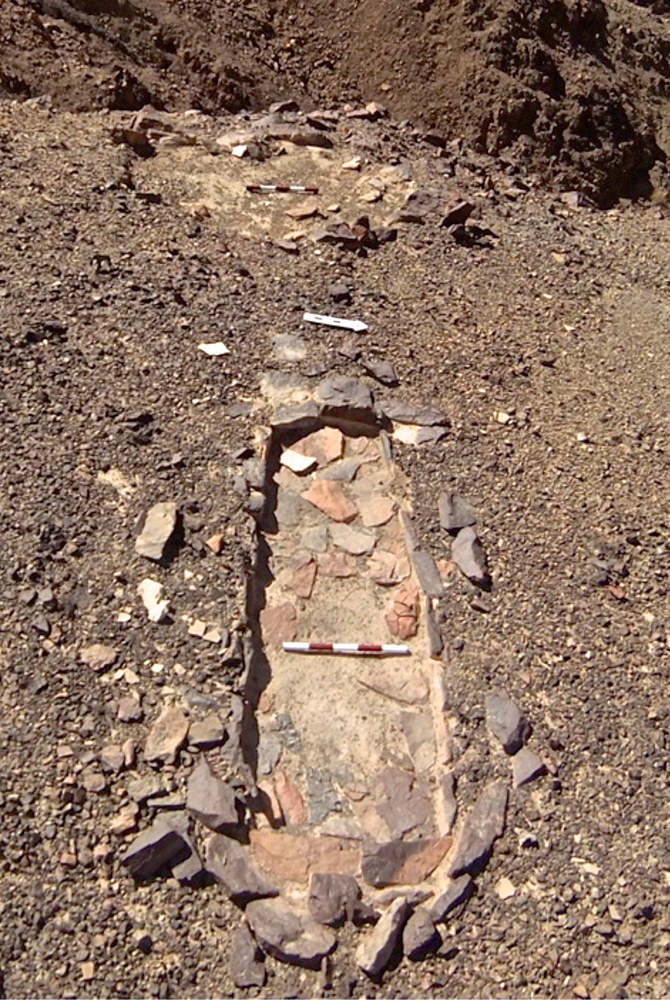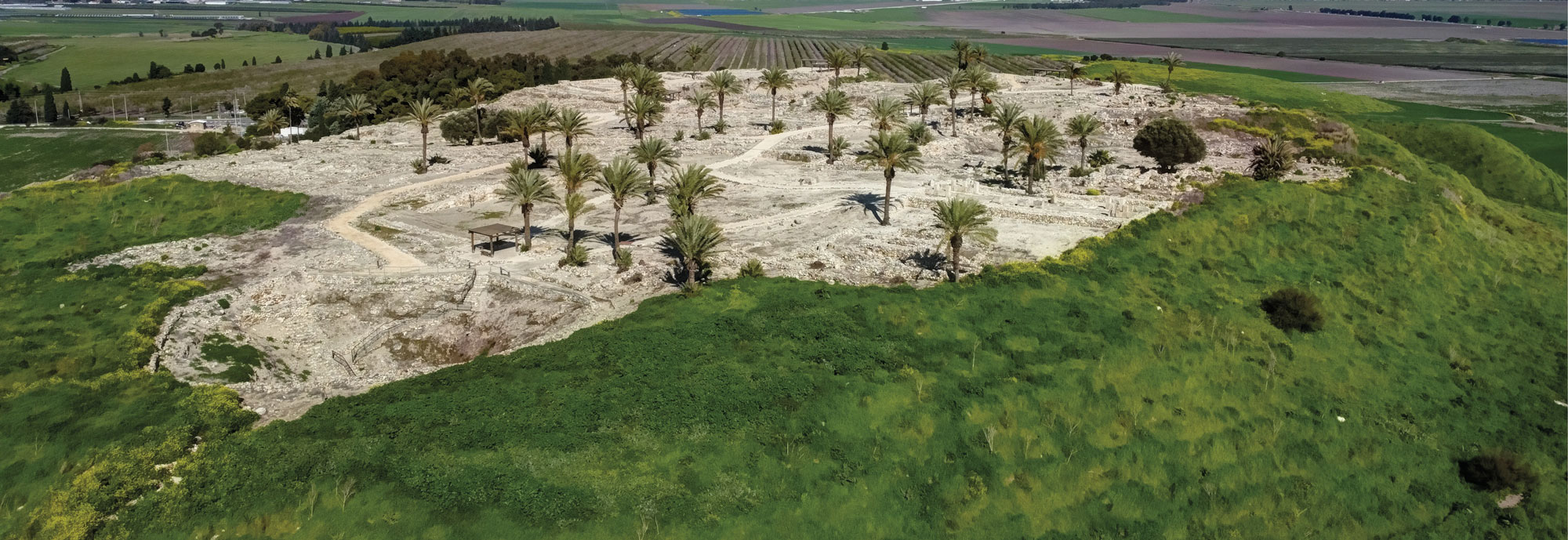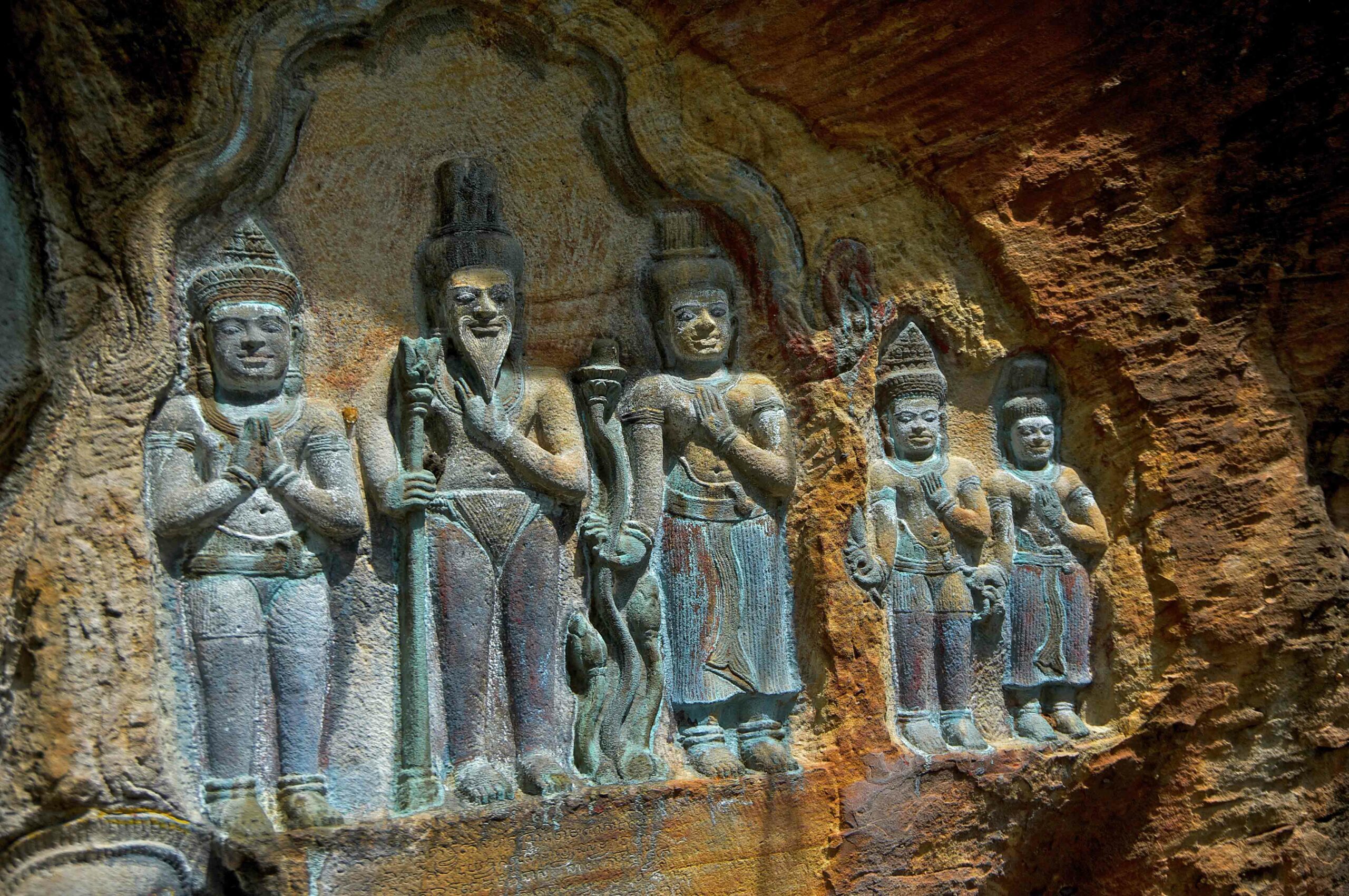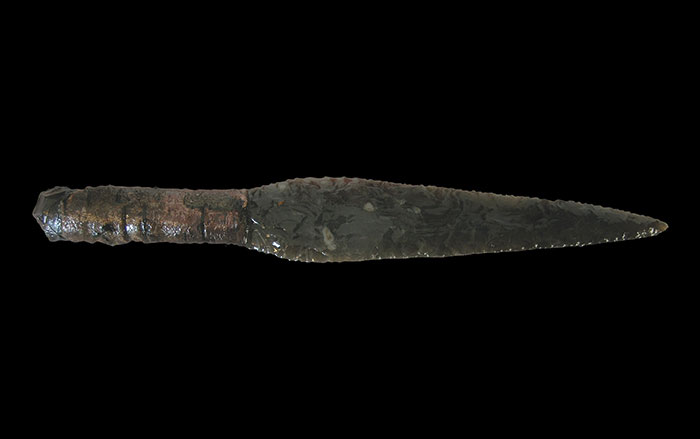
HEVEL EILOT, ISRAEL—Stone structures, circles, and artifacts that may symbolize death and fertility have been found at some 100 prehistoric sites in Israel’s Eilat Mountains. The stone circles, measuring roughly five to eight feet across, have phallus-shaped installations pointing toward them. There are also 2.6-foot-tall standing stones, stone bowls, human-shaped stone carvings, and stones with vulva-shaped holes cut into them. “The circle is a female symbol, and the elongated cell is a male one,” Uzi Avner of the Arava Institute told Live Science. Burial of the stone objects and setting them upside down is thought to signify death. Bones at the sites suggest that animals may have been sacrificed. The sites may have been places where extended families of several dozen people could gather, although only two small habitations and one small campsite have been found in the region. Avner adds that more than 300 cult sites in the area still need to be surveyed. “Taking in consideration the topography, environmental conditions and the small number of known Neolithic habitations in the general southern Negev, the density of cult sites in this region is phenomenal,” the research team wrote in the Journal of the Israel Prehistoric Society. To read about efforts to reconstruct technology dating to this time, see "The Neolithic Toolkit."









